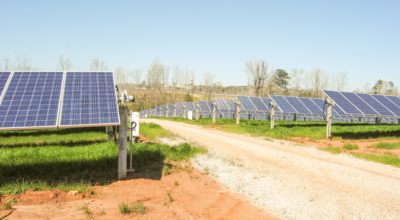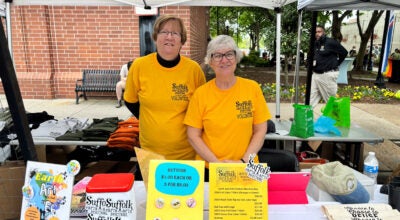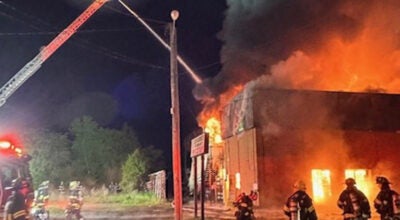Flood insurance: Most need it
Published 8:47 pm Tuesday, June 8, 2010
There’s an old saying in emergency management circles: You run from the water, but you hide from the wind.
For most people in Suffolk, the most dangerous — and most expensive — aspect of a hurricane will not be the high winds, the downed trees or the loss of power. It will be the floods.
“The areas at greatest risk are north of Nansemond Parkway and King’s Highway,” said Suffolk emergency management coordinator Capt. James T. Judkins. “We have about 43,000 people in harm’s way up there.”
Those living along the water, particularly those farthest north, are in grave danger of flooding from even the mildest of hurricanes. Even those whose homes don’t flood are at risk of getting cut off from society because of flooded streets.
It’s difficult to predict whether or how an individual storm will bring the Nansemond River and its tributaries onto formerly dry land. The strength and speed of the hurricane, its angle and direction of approach and even where the tides are at when it makes landfall all can affect how high the water gets.
One thing is certain, though: emergency coordinators across the state used to correlate the amount of storm surge a hurricane will produce directly to its strength category, but it is now generally accepted that the two things are not intimately connected.
“Isabel wasn’t even a Category 1 when it made landfall in the commonwealth, but the storm surge was a high Category 2,” Judkins said, referring to a September 2003 storm that pummeled the state. Even the nor’easter that hit Hampton Roads in November 2009 produced storm surge that would normally be associated with a high Category 2 storm.
Even those who do not live near the river could be at risk for non-tidal flooding — incidents where rain simply collects in a low-lying area and has nowhere else to go, Judkins said. Non-tidal flooding creates one of the most dangerous after-effects of hurricanes — people who think they can drive through the water and end up getting swept away.
“More people die from that than they do storm surge or winds,” Judkins said, also mentioning deaths from misuse of generators and chainsaws as disheartening reminders that the carnage does not stop once the hurricane has passed.
Homeowners can contact Judkins at 514-7586 for help determining their flood risk.
Those who are at risk for flooding, but do not have a flood insurance policy, should get one immediately. Regular homeowners’ policies do not cover floods. Flood insurance, which costs an average of around $550 per year, must be purchased separately, and should be done well in advance, said Hunter Odom, executive vice president of Suffolk Insurance.
“People don’t realize that when you purchase a flood policy, there’s a 30-day waiting period before the policy will go into effect,” Odom said. “Sometimes people will wait until hurricane season to purchase them, or they’ll see on the news that there’s a hurricane coming up the coast, and at that point we’ll get calls about it. At that point, it’s too late.”
Like Judkins, Odom stressed that people should know the likelihood that the area around their home will flood.
“It’s good for everybody to know what flood zone they’re in, so they have an idea of the propensity of flood,” Odom said. “Most people don’t have any idea what flood zone they’re in.”
For more information about flood insurance, residents should contact their insurance agent or visit www.floodsmart.gov or www.fema.gov.






